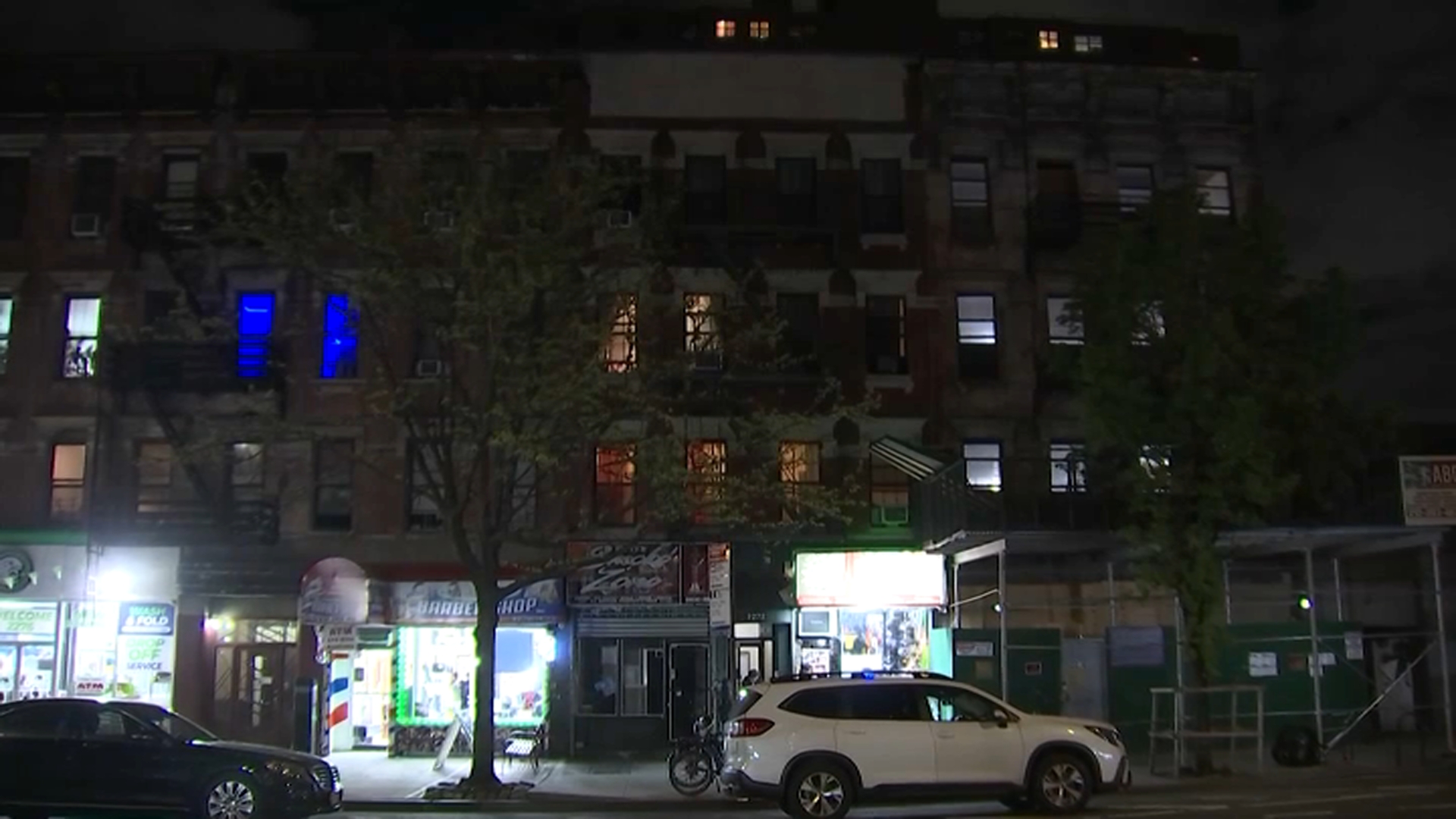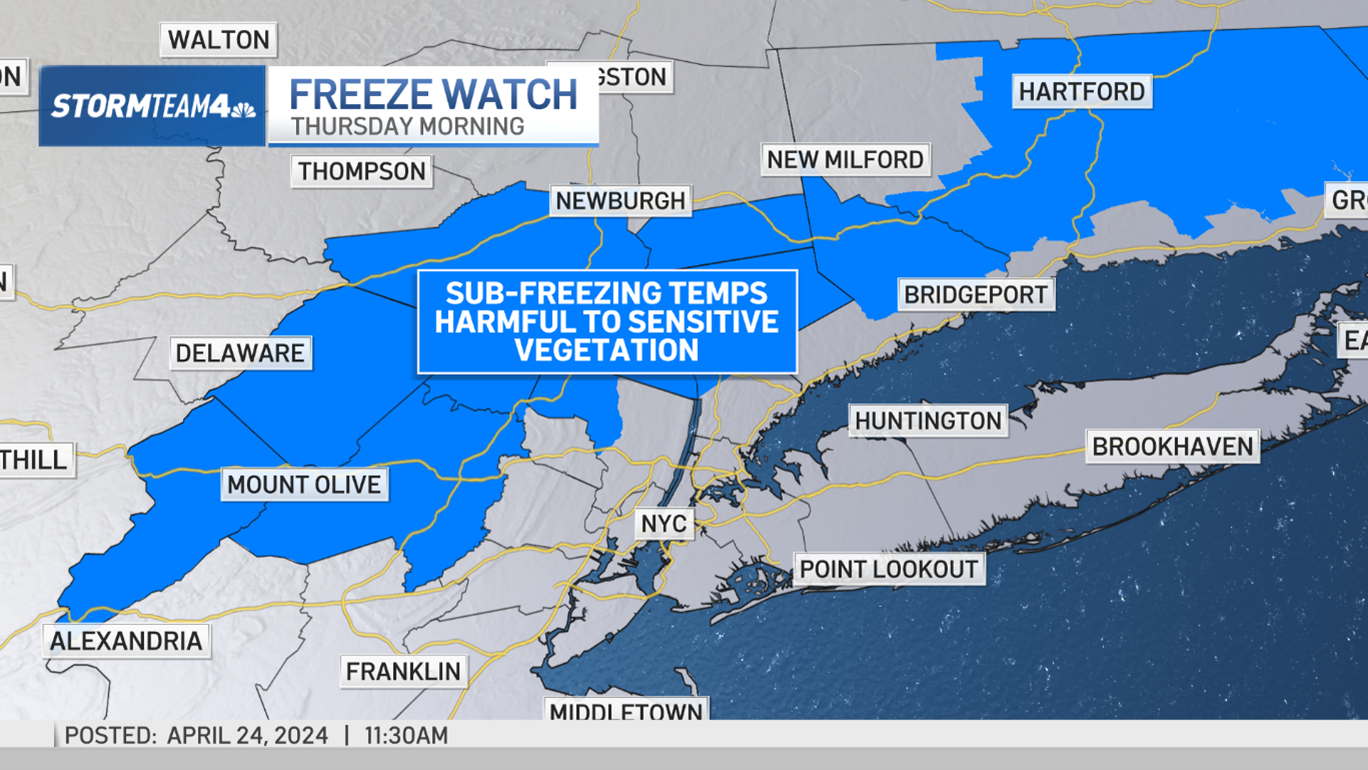New renderings shared by Gov. Kathy Hochul on Thursday offer a first look at the long-discussed and highly touted Interborough Express, a brand new transit line that could get people from Bay Ridge to Jackson Heights in 40 minutes or less and connect up to 17 subway lines, as well as create more connections to Manhattan.
The Interborough Express Line, a major transit expansion that would serve nearly 1 million commuters daily and generate significant economic growth, has been a concept in the making for decades. Questions about the feasibility -- financially, structurally and otherwise -- of the "transformative" new line have given pause.
Hochul sought to provide some illumination on that front Thursday, calling the line a "once-in-a-generation" infrastructure opportunity. It comes about two weeks after she said in her wide-ranging State of the State address that she had directed the MTA to begin an environmental review process for the Interborough Express Line.
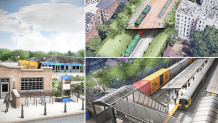
Get Tri-state area news and weather forecasts to your inbox. Sign up for NBC New York newsletters.
She said Thursday she has also had an MTA consultant study the feasibility of building the new 14-mile freight line from Bay Ridge, Brooklyn, to Jackson Heights, Queens. Those findings will be incorporated into the MTA's environmental review and future project stages.
Stops along the way would include Sunset Park, Borough Park, Kensington, Midwood, Flatbush, Flatlands, New Lots, Brownsville, East New York, Bushwick, Middle Village, Ridgewood, Maspeth and Elmhurst.
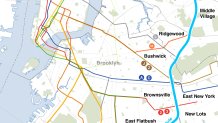
A transit line along this stretch, Hochul has said, would still preserve freight service and capacity will shepherding millions of New Yorkers a week, adding convenience for many and improving the daily quality of life for millions with limited mass transit access along the corridor immeasurably. It's a powerful equalizer, Hochul says.
Local
For context: 7 of 10 residents within a 1/2 mile of the corridor are people of color; 1 in 2 are zero-car households; 3 in 10 households are below 150% of the poverty line; and 1 in 4 residents report speaking English "less than well."
At the same time, the corridor features a high concentration of jobs and people, with extensive growth projected over the next two decades. In 2020, the population was about 900,000 and is expected to be 941,000 by 2045. The 260,000 jobs in the area in 2020 are expected to boom to 275,000 in the same amount of time.
And the Brooklyn-Queens travel demand is undeniable, according to the state, which illustrates that point in the image below.
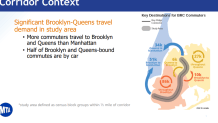
Determining fares will be the responsibility of the MTA Board when the time comes, but Hochul said they are expected to be equivalent to standard subway fares.
Public transit between Brooklyn and Queens has long been a slow, tedious process, with existing subway lines oriented toward Manhattan and the G subway line the only one that transports riders directly between the two boroughs.
The Interborough Express would supplement Manhattan transit, too, with fast new reliable connections, according to Hochul. She says the corridor would connect up to 17 subway lines, in addition to the Long Island Rail Road, expanding access to jobs for the 85,000 or so daily commuters from those areas who work in Manhattan.
Nearly 130,000 residents who make daily trips within or across Brooklyn and Queens, who now rely on buses that get caught on traffic or that one cross-borough subway line, to reach their destinations would reap extreme benefits, too.
Hochul highlighted six of those in her State of the State earlier this month:
- Faster commutes: A new service would provide end-to-end travel time of less than 40 minutes, providing significant time savings for trips between Brooklyn and Queens compared with existing transit options
- Better service: The Interborough Express could attract some 74,000 to 88,000 weekday riders, attracting more than 2 million new annual trips to public transit
- Greater job access: The planned line would connect residents and workers to the LIRR and up to 17 subway lines, significantly expanding access to jobs and services across the metro area
- Greater equity: The line would provide new service where 71% of residents are people of color and 33% are below 1.5 times the federal poverty line
- Economic development: In addition to creating new jobs, the new line will connect large centers of retail in Queens and Brooklyn, including the Jackson Heights and Middle Village shopping hubs, supporting small businesses and providing a foundation for more economic development
- Accelerated project completion: Because the Interborough Express will be built on an existing freight right-of-way, the project can be completed much faster than if it were starting from scratch, while still preserving the rail corridor for freight use
She has established a multifaceted Technical Advisory Committee to assess the best commuter option -- conventional or light rail or bus rapid transit -- for the job.
Each alternative has its benefits, according to the governor. Conventional rail doesn't require physical separation from freight trains, relies on third-rail power, supports the 45-minute end-to-end travel time goals and looks like the commuter trains New Yorkers are accustomed to.
It would allow for shared freight and commuter rail tracks, supporting two economic components simultaneously, though some spots would need widening.
Light rail, on the other hand, would require physical separation from the freight trains to meet federal regulations. If feasible, it could rely on catenary or battery power -- and it could shave another 5 minutes-plus off the end-to-end time.
Under the bus rapid transit plan, you're looking at rechargeable battery-powered vehicles with a 41 minute end-to-end travel time. That option would also require separation from freight trains in accordance with federal regulations.
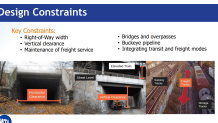
There are notable design constraints whatever the plan, Hochul's office says, but the potential benefits outweigh the challenges. Potentially, the line could be extended to the Bronx as well, Hochul said -- and discussed the feasibility of that.
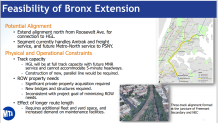
So what kind of timeline are we looking at for a launch, much less a completion, of the project? It likely won't be any time soon. But Hochul says the initial investment is a critical component of the state's path forward.
She outlined the next steps on Thursday:
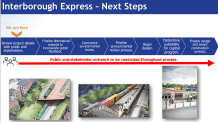
"It's time to invest in the bold, cutting-edge infrastructure projects that will make a real difference in the lives of everyday New Yorkers," the governor has said. "New Yorkers deserve reliable public transit that connects them from work to home and everywhere in between. The Interborough Express would be a transformational addition to Brooklyn and Queens, cutting down on travel time and helping neighborhoods and communities become cleaner, greener and more equitable."

